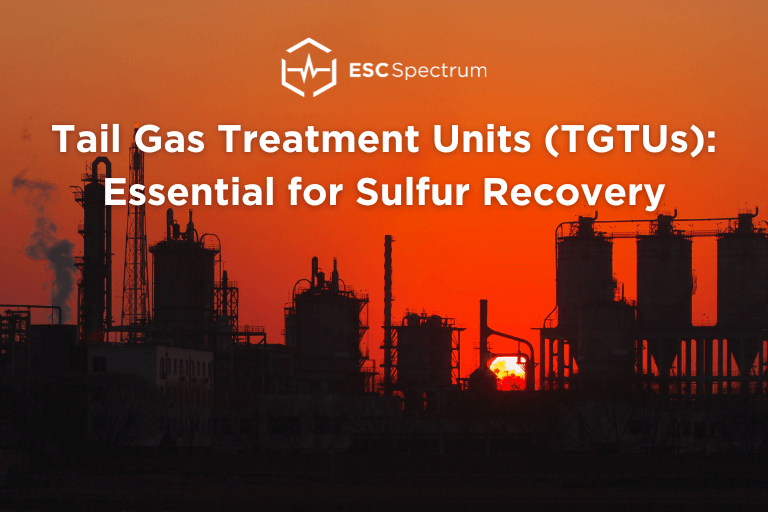Tracking Fuel Gas Sulfur Content: Why It Matters and How to Do It Right

Accurate fuel gas sulfur tracking is critical in the oil and gas industry to meet regulatory standards, protect equipment, and reduce environmental impact. This blog explores challenges in monitoring sulfur content, methods like Continuous Emissions Monitoring Systems (CEMS), and how advancements in technology help industries achieve precise and reliable sulfur management.
Understanding the Data Assessment Report (DAR) for CEMS Audits

The Data Assessment Report (DAR) is a crucial but often overlooked component of CEMS audit compliance. This guide breaks down what needs to be included, from quarterly accuracy results to EPA audit sample requirements, helping you keep up with regulations and streamline your reporting process.
Tail Gas Treatment Units (TGTUs): Essential for Sulfur Recovery

Read this post to discover how Tail Gas Treatment Units (TGTUs) help refineries meet stringent sulfur recovery and emissions control standards. This blog covers essential TGTU technologies, regulatory requirements, and the vital role that TGTUs play to improve sulfur recovery efficiency.
Upgrading Your CEMS in Refineries and Petrochemical Facilities

This blog post will explore the various upgrade options for CEMS in refining and petrochemical facilities, detailing the benefits of each.
Data Acquisition in Refineries: Plant Process Systems vs Data Controllers

This blog post will walk you through all the ways using the 8864 Data Controller in refineries can mitigate risks for your facility.
Decoding the World of Flare Gas Monitoring

This article explores the details of flaring, including types of flares, operations, applications, and monitoring methods.
Improving Operational Efficiency with Data Acquisition Systems in Refineries

This blog post will walk you through all the ways having a data acquisition system for refineries can improve overall operations and efficiency.
